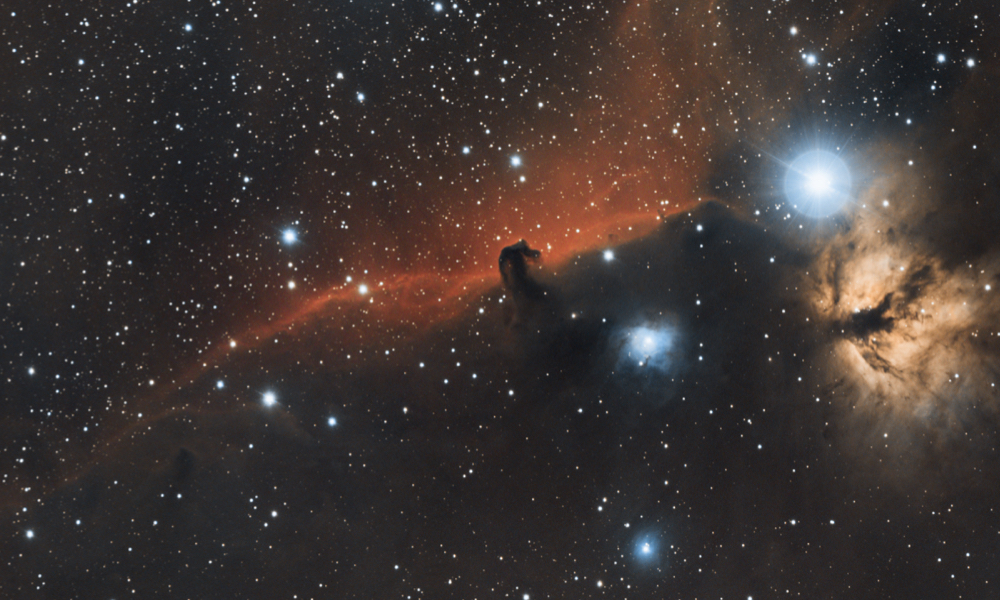
ESA Open Invitation to Tender: 1-11252
Open Date: 28/04/2022 13:12 CEST
Closing Date: 02/09/2022 13:00 CEST
The objective of the activity is to assess the feasibility of D-band satellite links, carry out a review of available RF D-band technology, study 6G satellite system concepts that may exploit them and assess performance through simulations. The results will be made available for WRC-23 and WRC-27. Targeted Improvements:Enabling D-band satellite links. Description: The ever-growing demand of capacity has evolved from MHz and Mbit/s in 4G, to GHz and Gbit/s in 5G (with the use of mmWaves) and is now pushing towards communications at Tbit/s in THz, expected for 6G in 2030. Today, there is no spectrum assigned for 6G and the frequency band between 275 GHz and 450 GHz is under consideration. Current fundamental research is focused in the D-band (110 to 170 GHz), eventually G-band (140 to 220 GHz), granted on experimental licenses. According to ITU regulation RR 5.340 all radio emissions are prohibited in certain frequency ranges of the D-Band, but some frequency ranges are accessible for Fixed Services (FS) and Mobile Services (MS). Overall, the total available bandwidth in D-Band for radio communications is 27.2 GHz in non-contiguous chunks (2.45, 0.75, 4, 7.5, 4, 5.5 and 3 GHz). For satellite to be able to use this spectrum, new waveforms, new modulation techniques and new channel coding will be required. Besides, beam forming, holographic radio and ultra-massive MIMO techniques will likely play a key role. On the technology side, photonics-based transceivers are gaining attention to develop links in the spectrum above 100 GHz. At network level, Artificial Intelligence (AI) will be needed to plan, deploy and operate the new 6G networks. All in all, enabling D-band satellite links for 6Gwill require a comprehensive approach at all levels, from system to specific technologies and techniques. This activity will take the first steps and will start by reviewing the existing literature, propagation data, channel models, standards, available D-band radio technologies and relevant techniques. This will be the basis for an early assessment of the expected performance of D-band satellite links (space to ground, ground to space and inter satellite links) that will allow to identify suitable satcom scenarios for their use, including LEO, MEO and GEO. This will be achieved through detailed link and system simulations to be carried out in a software testbed that will be developed as part of the activity. 3GPP and ITU-R methodologies for performance evaluation will be considered. Finally, the activity will specify representative and well justified requirements for D-band links in satellite 6G networks, it will carry out a technology gap analysis and will conclude formulating a development roadmap. The findings of the activity will be made available for standardization and regulatory activities in the frame of WRC-23 and WRC-27.Description: Post processing of modern low power random access protocols (such as ADS-B) have been shown to improve the number of messages recovered. Artificial Intelligence (AI) and Machine Learning (ML) algorithms are currently being developed to support these post processing techniques for several similar applications. Improving the success ratio of recovering messages reduces the number of satellites required in a constellation and improves the viability of telecommunication business cases targeting this market. This activity will develop, launch and operate an in-orbit test bed which can be used to test the performance of AI/ML algorithms for post processing of low power random access protocol signals generated by existing ground devices. The in-orbit test bed will be deployed in an operational environment that includes the presence of a large number of transmitters, multi-path and propagation effects, interference sources, real antenna characteristics and varied terminal locations. The in-orbit test bed will select and embark a leading-edge AI hardware accelerator to process and react to received signals from established random access protocol ground devices. It will be designed to support the demonstration in-orbit of AI algorithms, such as, but not limited to, those being developed under on-going ARTES AT activities.Specifically, the in-orbit test bed will be developed to: Support the reception and recovery of messages from at least one established family of random-access protocol devices. Include the ability to transmit signals to ground devices to test protocols which can respond to the changing environment (variable modulation and coding, re-transmission requests, or frequency change requests). Support post processing with and without AI/ML techniques, allowing the performance improvement offered by these algorithms to be quantified. The ability to support their uplink to and execution on the spacecraft is also required. Procurement Policy: C(1) = Activity restricted to non-prime contractors (incl. SMEs). For additional information please go to this link.
Directorate: Directorate Telecom Integrated Applica
Estabilishment: ECSAT
ECOS Required: No
Classified: No
Price Range: 200-500 KEURO
Authorised Contact Person: Nathalie Dorval
Initiating Service: TIA-TTS
IP Measure: N/A
Prog. Reference: E/0534-03A – 5G-Other Act. Prod&T
Tender Type: Open Competition
Open To Tenderers From: AT+CA+CH+DE+DK+GR+ES+FI+GB+HU+IE+IT+LU+NL+NO+PT+RO+SE
Technology Keywords: 6-A-I-Telecom System Engineering Tools / 6-E-I-RF Modelling and Design Tools
Products Keywords: 2-L-5-a-SW for RF Comm. design, analysis, simulation, etc. / 2-L-all.1.1-a-*See EEE Components / 4-B-2-a-Transmitter and Receiver assemblies, Frequency converters,…
If you wish to access the documents related to the Invitation to Tender, you have to log in to the ESA Portal.
